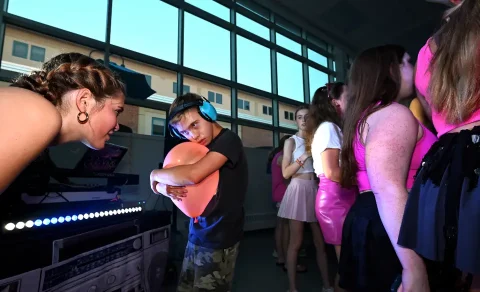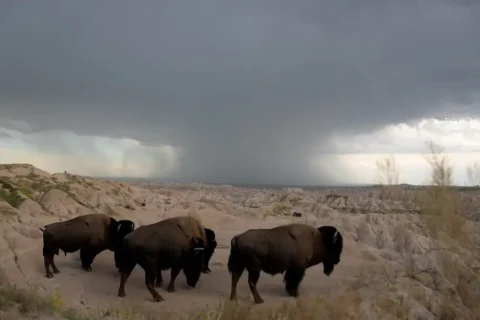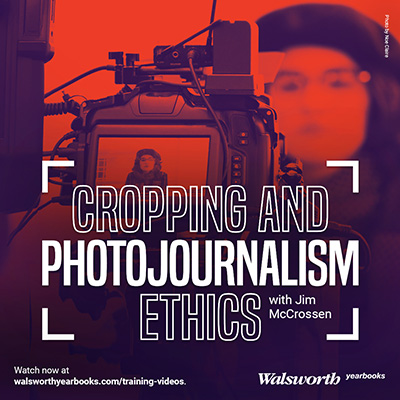As yearbook advisers and student journalists, it is crucial to uphold the highest standards of ethical photojournalism. In a world where photo manipulation has become increasingly prevalent, maintaining the integrity of visual storytelling is paramount. The latest Walsworth Training Video, featuring veteran yearbook adviser Jim McCrossen, provides invaluable insights on the art of photo cropping and the ethical considerations that must guide yearbook photography practices.
Upholding Ethical Standards in Photo Manipulation
McCrossen emphasizes that while ruthless cropping is often necessary to enhance the subject and improve composition, staffs must be mindful not to cross the line into unethical territory. One of the key takeaways is the importance of maintaining the original context and proportions of a photograph. Cropping out important elements that provide necessary context can alter the story being told, while disproportionate resizing can distort the visual narrative.


One of the most critical lessons, however, is McCrossen’s stance on photo manipulation. He makes it clear that the removal, addition or repositioning of elements within a photograph is a strict violation of journalistic ethics. “We should never, ever be removing people and things from photos,” he said, “We should not be producing photos that never existed.”


The Ethical Considerations of AI-Powered Photo Editing
The rise of AI-powered photo editing tools has further complicated the ethical landscape. While McCrossen acknowledges the potential benefits of using AI to address technical issues like digital noise or exposure, he cautions against the temptation to use these tools to create entirely fabricated images. “If you’re going to publish it, it has to be real,” he asserts.
Establishing Ethical Guidelines
To uphold these ethical standards, McCrossen recommends that yearbook programs establish clear guidelines and policies around photo editing practices. This includes developing a code of ethics that aligns with industry-recognized standards, such as those set forth by the National Press Photographers Association. McCrossen also provides an example from his staff manual about the ethical use of AI in photo editing that can be found in the training video.
By fostering a culture of ethical photojournalism, yearbook advisers and student photographers can not only maintain the credibility of their publications but also instill the importance of honesty, transparency and responsible visual storytelling. In an era where trust in media is often eroded, this commitment to ethical principles can serve as a shining example of the power of ethical journalism.
Empowering Your Student Photographers Today
Embracing the lessons shared in the Walsworth Training Video, yearbook teams can empower their student photographers to capture and present the authentic moments that define their school community, while upholding the highest standards of journalistic integrity. This approach not only strengthens the yearbook’s credibility but also fosters a deeper appreciation for the art of visual storytelling among the student body. Watch our free training video paired with our Google Form assessment to elevate your staff’s knowledge of ethical photo editing.




